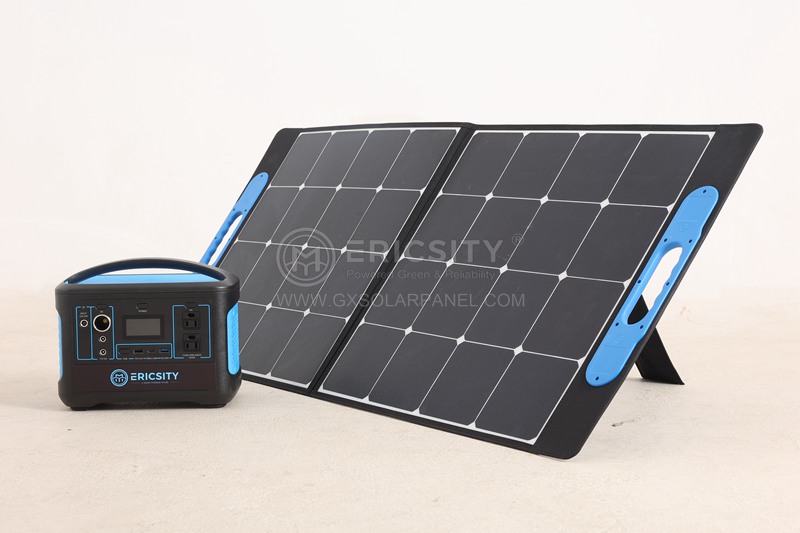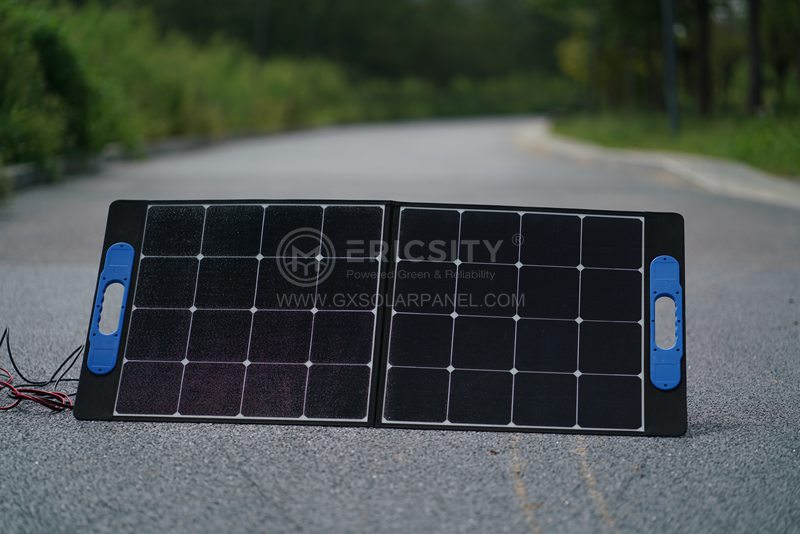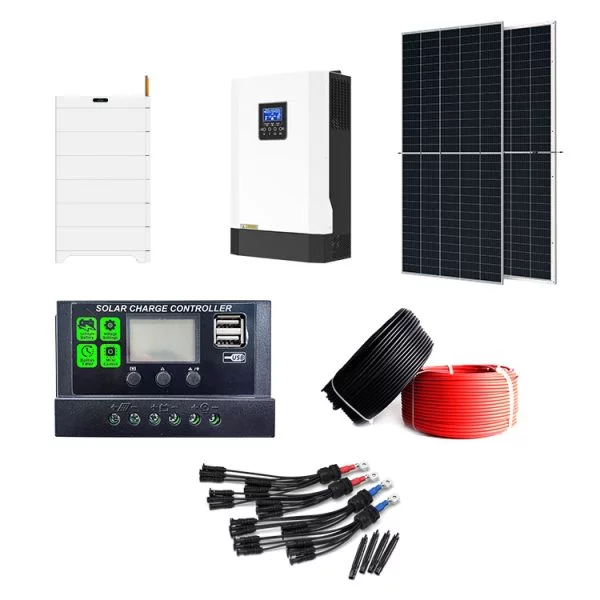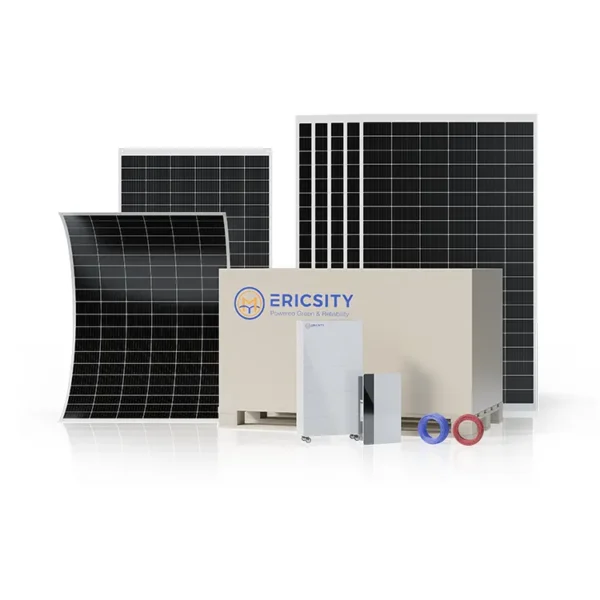HOT PRODUCT
Product Details
semi-flexible Solar Panels For Electric Vehicles
Title: Semi-Flexible Solar Panels for Electric Vehicles
Introduction (100 words):
The rise of electric vehicles (EVs) has brought about exciting advancements in renewable energy integration. As the world strives to reduce carbon emissions and shift toward sustainable transportation, the development of innovative power sources for EVs has gained considerable attention. One such advancement is the use of semi-flexible solar panels, which offer promising potential for enhancing the efficiency and range of electric vehicles. This article explores the concept of semi-flexible solar panels, their benefits, challenges, and their role in shaping the future of EVs.
1. Understanding Semi-Flexible Solar Panels (150 words):
Semi-flexible solar panels, also known as thin-film solar panels, are designed to be lightweight and flexible compared to traditional rigid solar panels. They are typically made from amorphous silicon or other thin-film materials, which are deposited on a flexible backing material such as polymer. This flexibility allows the panels to conform to curved surfaces, making them especially suitable for integration into the complex shapes of electric vehicles. Additionally, semi-flexible solar panels have a higher tolerance for partial shading and perform well in low-light conditions, contributing to their effectiveness as an energy source for EVs.

2. Advantages for Electric Vehicles (150 words):
Integrating semi-flexible solar panels into electric vehicles brings numerous advantages. Most notably, they offer a continuous source of renewable energy that can supplement the charge from the main battery. By harnessing sunlight, these panels can provide additional power, especially during daylight hours and when the vehicle is parked or stationary. This contributes to extending the overall range of an electric vehicle and reducing dependency on external charging stations, making EVs more convenient and cost-effective for owners.

Furthermore, the lightweight nature of semi-flexible solar panels translates to a minimal impact on overall vehicle weight. This is crucial for electric vehicles, as reducing weight enhances overall efficiency and performance, resulting in increased range. With the combination of a lightweight design and efficient solar energy generation, EVs can potentially achieve greater distances on a single charge.
3. Challenges and Potential Solutions (150 words):
While semi-flexible solar panels offer advantages, there are also challenges that need to be addressed. One major obstacle is limited surface area for solar panel integration due to the small size of most electric vehicles. This limitation affects the total power generation capacity. However, advancements in solar cell efficiency are being made, resulting in higher power output with smaller panel sizes. Additionally, researchers are exploring ways to integrate solar panels into various parts of the vehicle, such as roofs, hoods, and windows, to maximize sunlight exposure.


Another challenge lies in the durability and lifespan of semi-flexible solar panels. As EVs are exposed to harsh environmental conditions and vibrations during operation, ensuring the longevity and reliability of the panels is essential. Protective coatings, robust encapsulation methods, and flexible materials that withstand bending and twisting are being researched to address these concerns.
4. The Future of Semi-Flexible Solar Panels in EVs (150 words):
Looking ahead, the integration of semi-flexible solar panels into electric vehicle designs shows great potential. As solar technology advances, costs decrease, and energy efficiency improves, their incorporation into EVs will likely become more widespread. Future vehicles could feature larger surface areas dedicated to efficient solar panel integration, allowing for improved energy generation and storage. Harnessing solar power not only enhances the environmental sustainability of electric vehicles but also offers greater energy independence and reduced operating costs for drivers.
Conclusion (50 words):
Semi-flexible solar panels provide an exciting opportunity for electric vehicles to harness the power of the sun. As advancements continue to address challenges of surface area, durability, and lifespan, these panels have the potential to significantly enhance the efficiency, range, and overall sustainability of EVs, contributing to a greener and more sustainable future of transportation.




